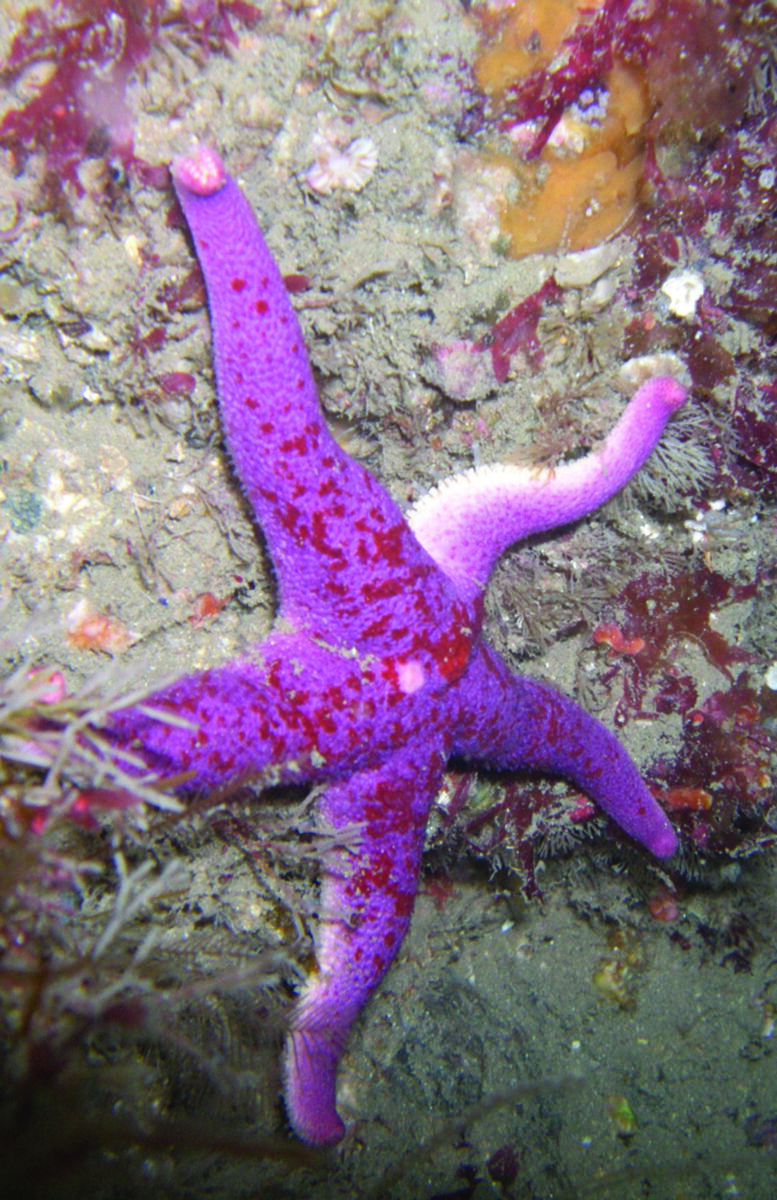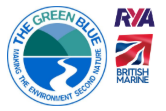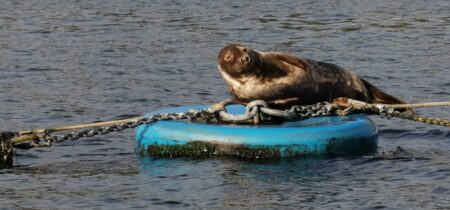The river's final stretch

Our local estuaries & coast are a defining feature of the South Devon Area of Outstanding Natural Beauty. The Dart Estuary is the final stretch of the River Dart where its fresh waters meet and mix with the salt water of the sea. The Dart is very fresh water dominated and following heavy rain within the catchment upstream, fresh water can dominate as far out as Dartmouth Castle!
As with most estuaries in the south west, the Dart is a drowned river valley or ‘ria’, formed over the last Ice Age – the deep river valley carved out by rushing waters and drowned by the post glacial sea-level rise. During the Ice Age the sea level was some 120m lower than now and probably flowed down to meet the sea to the east of what is now Start Point!
Despite their apparent beauty and relative calm waters, the everchanging salinity and exposure from the tides and weather make estuaries a very challenging environment for wildlife to thrive. For those that can survive their dynamic and extreme conditions estuaries are immensely food-rich, supporting massively productive and globally important ecosystems. An ecosystem that also serves us with cleaner water, food and oxygen, multi-watersports playgrounds and harbours, and areas of quiet, tranquillity and outstanding natural beauty.
Seals, kingfishers and ospreys are not uncommon here and for a lucky few, glimpses of seahorses, otters, dolphins or porpoises are just possible too. Those local to the Dart do not take these riches for granted and play an active part in keeping our waters special – our local problems tend to be from the cumulative impact of small but all too frequent issues – every positive effort really does count.
A productive and diverse ecosystem
Estuaries tend to be much wider and open areas of water than the streams and rivers that collect together and flow into them. This flow has an energy and washes down a catchment sized cocktail of nutrients, sediment and organic matter such as leaves; in the sheltered waters of estuaries this energy is lost and much of this is deposited onto the estuary bed.
Astronomical numbers of organisms break the organic material down, releasing nutrients into the estuarine ecosystem that seaweeds and plants use to synthesis food through the process of photosynthesis – animals then eat them, larger animals then eat them and drives the complex estuarine food-web. Estuaries are essentially nature’s waste water treatment systems for their catchments. [However, the anthropomorphic footprints of our own lives within these same catchments add other nutrients, organic matter and pollutants that can overload this natural system in different ways – it’s a team effort that we all need to be involved in to sort.]
The natural productivity of our estuaries are comparable to tropical rainforests but their long-term trapping of carbon within their muddy sediments are globally important and put even these forests to shame. But for all this productivity, estuaries are surprisingly challenging places for a lot of species to even survive! Especially within the intertidal zone itself, the ebb and flow of the tides bring a constantly changing salinity and low tide exposure to the weather. This means that most estuaries, including the Dart, naturally support a surprisingly low diversity of species but those that can survive these challenging conditions often dominate in colossal population numbers.
The diversity of wildlife found within estuaries is boosted by many animals that have found ways to migrate away from the more challenging elements of the tidal conditions; animals such as fish swim up and down with the rising and falling tide, many birds fly to the mudflats to forage at low tide and crabs and other animals guddle down into mud when the tide flows out. You too might find the mudflats dangerous places with the tide out, so watch your own migration too!
Protection of the Estuary

The special nature of the Upper Dart Estuary is now celebrated in its designation as a Marine Conservation Zone – extra emphasis is now encouraged on its conservation and all relevant authorities have an appropriate duty of regard for its care. Dart Harbour has a leading role within the long-term stewardship of the estuary and encourages its customers and stakeholders, visitors and locals to join them in its pride of care.
The South Devon National Landscape Estuaries Partnership, of which Dart Harbour is a member, has a clear aim of ensuring the balanced conservation management of our estuaries and their surrounding water catchments for all – we are a part of our estuary. The Estuaries Management Plan gives guidance on actions that we should all make, no matter how small.
For more information, visit: www.SouthDevonAONB.org.uk or contact the South Devon National Landscape Estuaries Officer, phone 01803 229335 or email [email protected]

